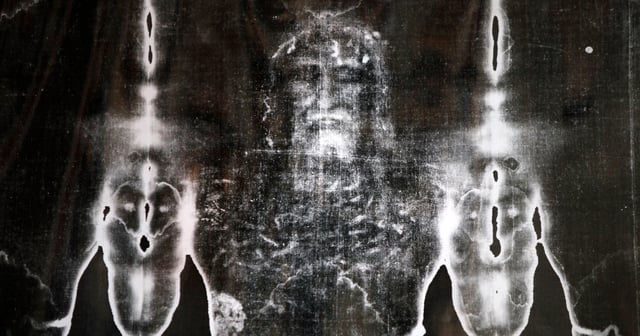Overview
- Brazilian 3D designer Cícero Moraes published on July 28 in Archaeometry results showing that draping virtual fabric over a low-relief model yields an imprint more faithful to the Shroud’s 1931 photographs than using a three-dimensional body simulation.
- Moraes employed free open-source tools to compare cloth draping over human and shallow sculpture models, finding significantly less anatomical distortion from the low-relief template.
- Johns Hopkins–trained immunologist Kelly Kearse’s June paper in the International Journal of Archaeology identified serum halos—ring-like edges around blood clots—that only form when wounds clot before contact, suggesting the cloth covered an unwashed body.
- Kearse’s UV and microscopic experiments concluded no known process can reproduce the Shroud’s precise blood-pattern halos on a cleaned corpse, though he stopped short of confirming the relic’s authenticity.
- Combined, these peer-reviewed studies intensify debates over whether the Shroud is a medieval artistic creation or an ancient burial cloth without definitively resolving its age or provenance.
